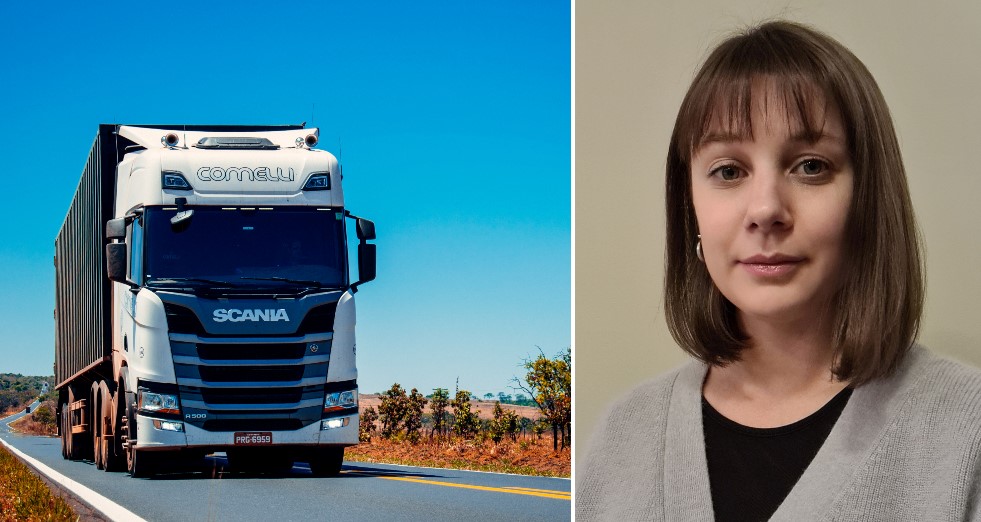New paper on diagnosis service system for self-driving vehicles

Today the driver plays a crucial role when discovering and deciding how to handle faults in vehicles. For example, if the engine is making a strange noise the driver has to decide whether it’s possible to finish the route.
With the introduction of self-driving vehicles, decision-making needs to be transferred to another actor in the system, and in a new paper by industrial PhD student Lina Rylander, the authors propose a system design where the responsibility for decision-making is transferred from the driver to a control tower operator. The control tower operator can interact with the vehicle remotely and support the vehicle with decision-making. However, such a solution will require new tools and technical systems as there will be a need for more information when managing vehicle health by remote control.
“This research helps us understand the driver's role from a vehicle health management perspective, and this understanding is essential when exploring possible system changes when vehicles become driverless”, explains Lina. “This knowledge will, for example, be valuable when developing tools, methods, and technical systems that can support the management of self-driving vehicles. Moreover, this knowledge is also important for understanding the control center operator role. Such as what kind of competence will be needed and the system actors' relationship and interactions.”
“The next step in the research project "Uptime for Driverless vehicles" is to elaborate on the results from this paper further and explore how an intelligent decision-support system can be integrated with, and bring value to, the system design. I do this exploration in collaboration with my ITRL colleague Xin Tao who is currently exploring how such an intelligent decision-support system model can be designed”, she says.
Alonside Lina, the paper was also written by Magnus Eneberg, Jonas Mårtensson, and Anna Pernestål.
Read the full paper here.
Read more about the project here.

